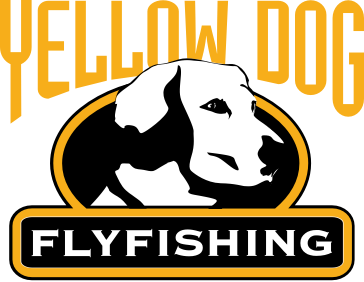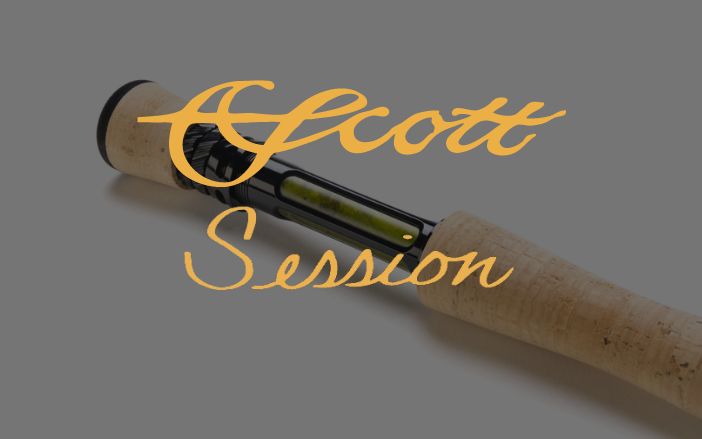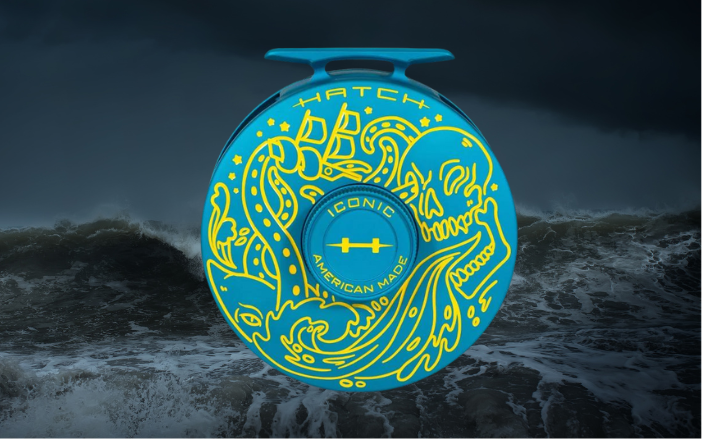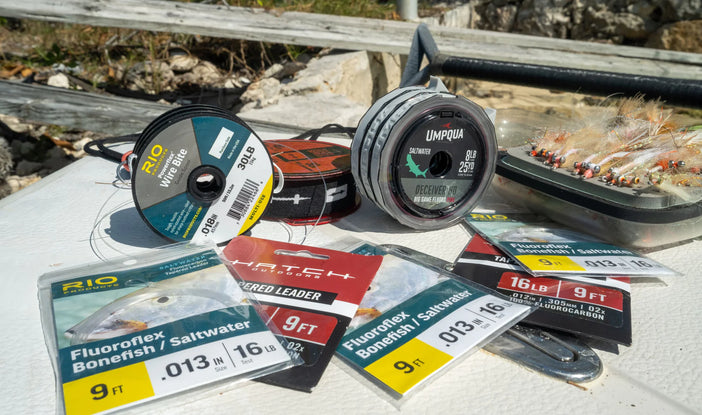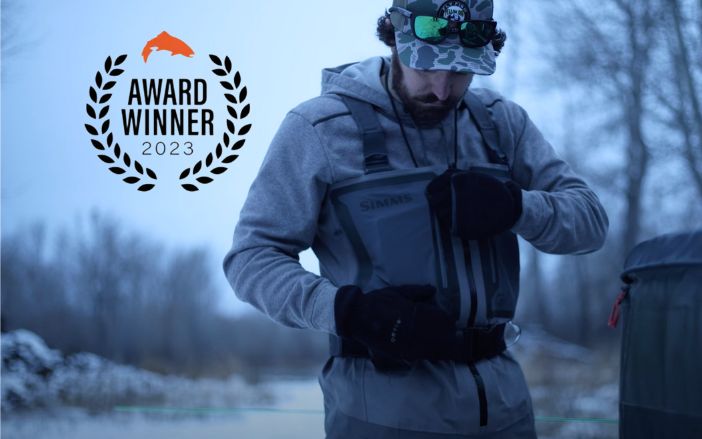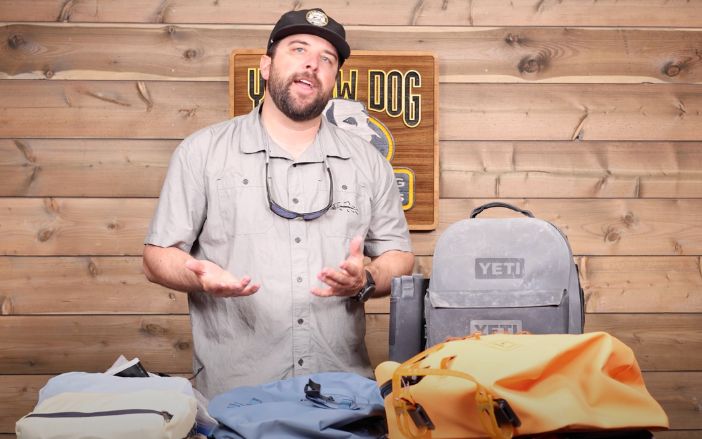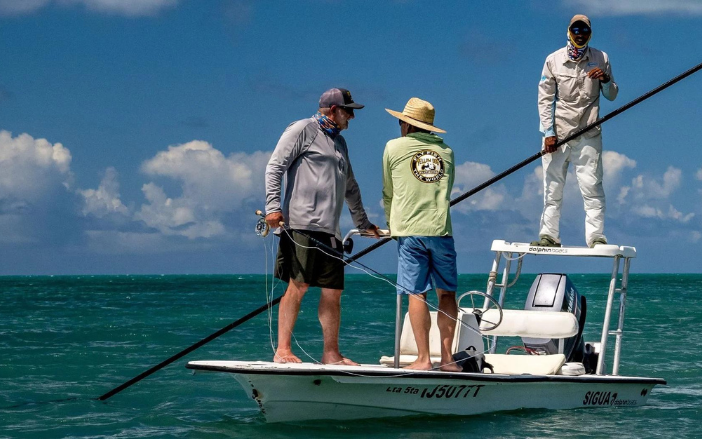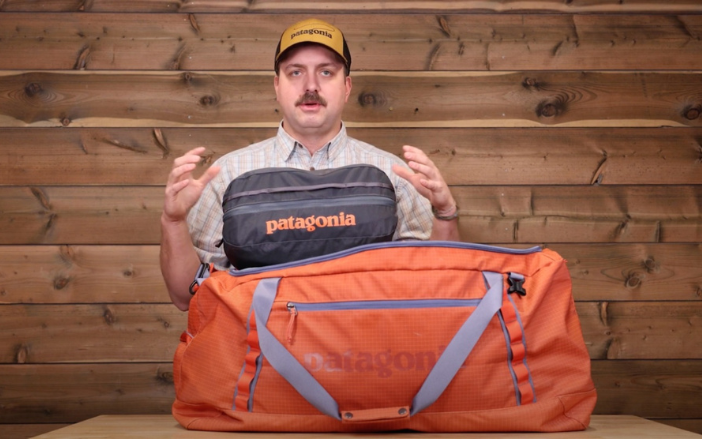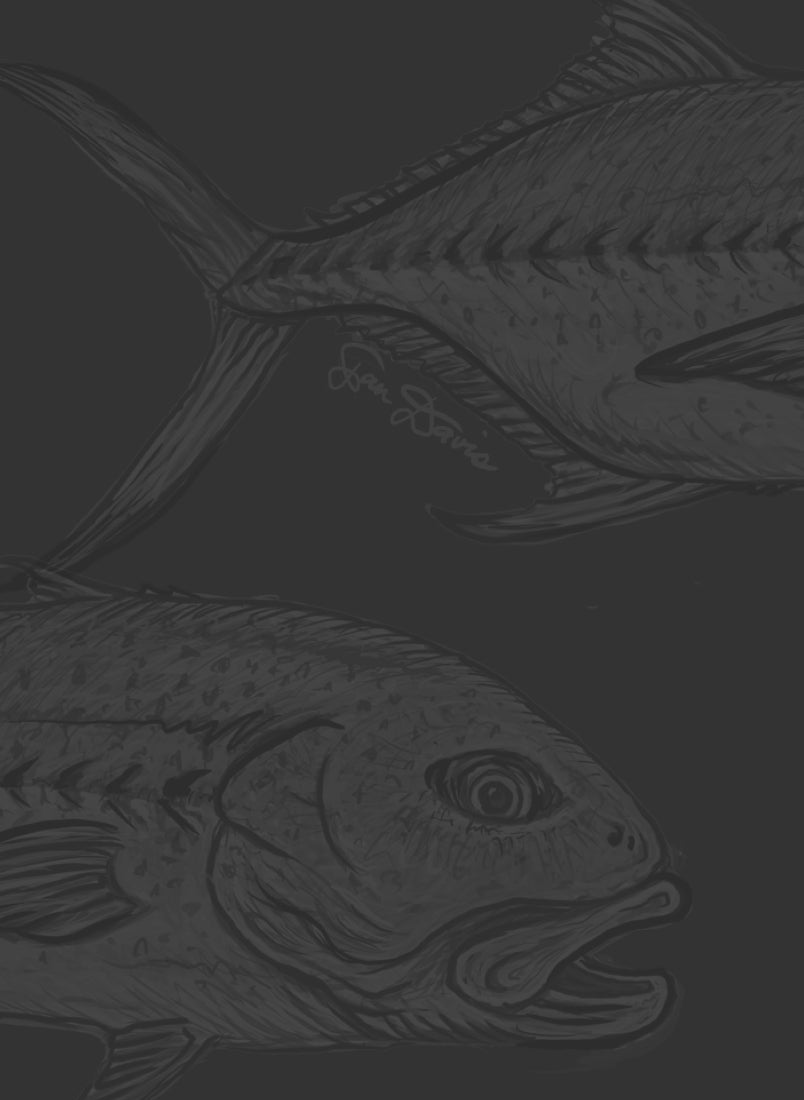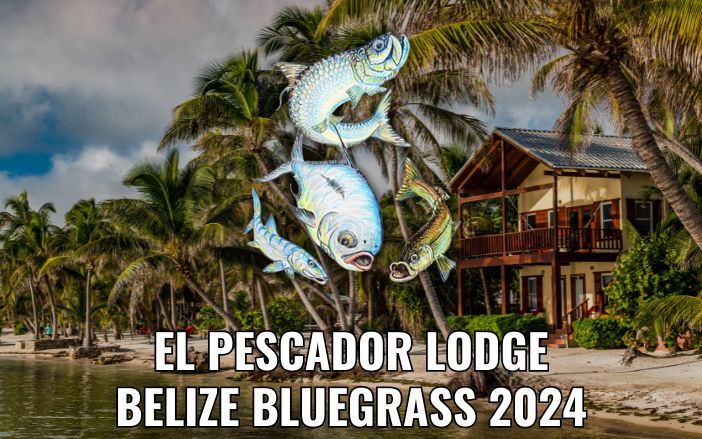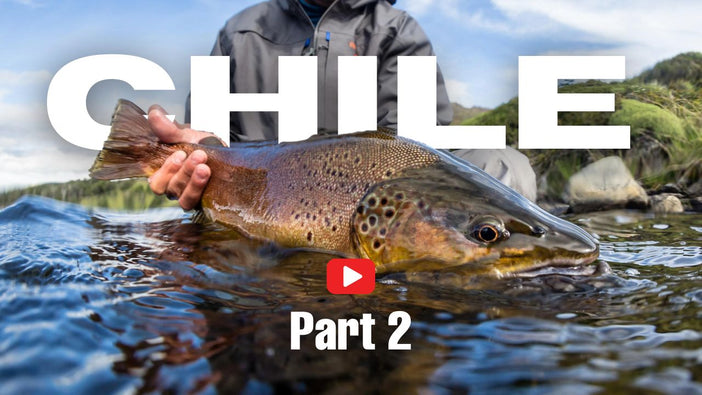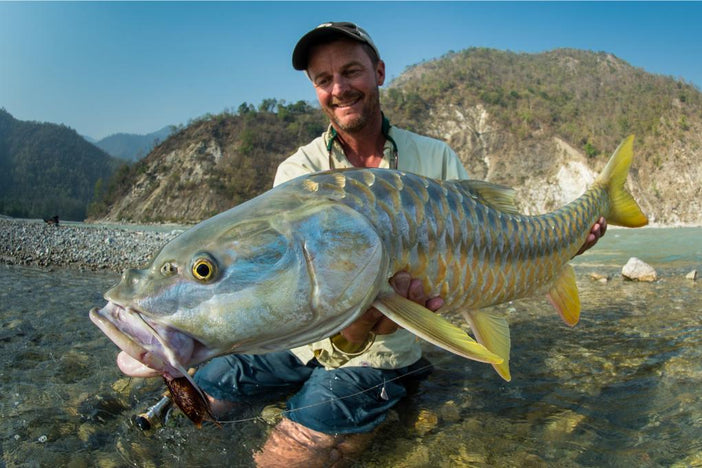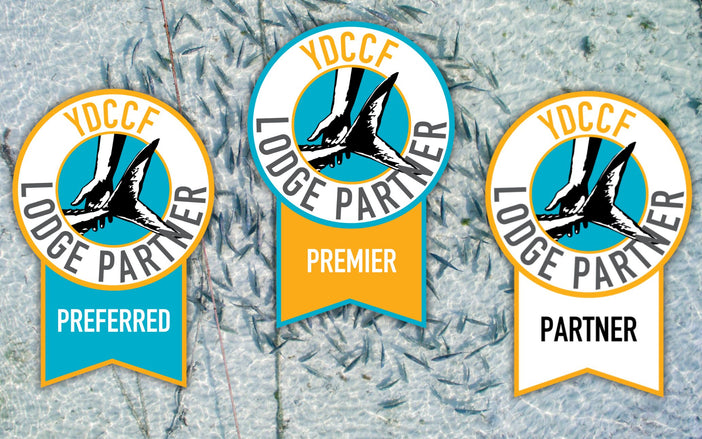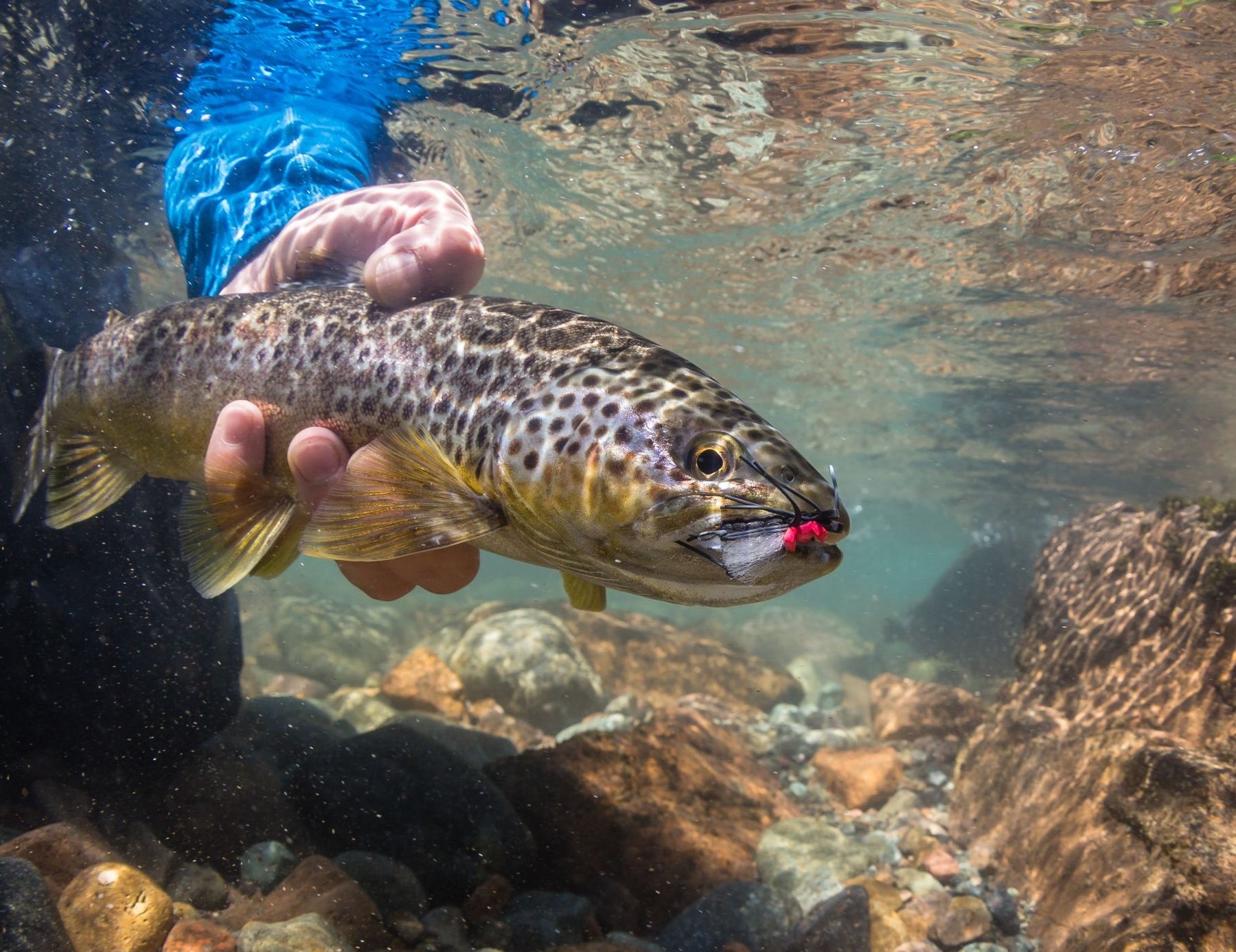For many anglers, our first fly fishing experience was fishing dry flies on small streams. Enthusiastic trout would hurl themselves to the fly, hungry and happy, to eat the drifting fly. Watching those trout rise to our dry fly is burned into our memories and is what whet our appetites for years to come. It is one of the many reasons we fish—one fly and one fish coming together at the right time.
Most anglers relish in trout eating dry flies. However, choosing the right dry fly is crucial, so here is some help deciphering how to choose the best dry fly. And, if you need to know where and when to fish it, you can always read about fishing some of the West's Best Hatches.
- Visibility for the angler. If you can’t see the fly, you can’t see if it’s drifting correctly, and you won’t be able to detect a strike either. The addition of parachute posts on dry flies increases your ability to see them tremendously. Taking the parachute concept one step further, many flies now have contrasting colors tied into the parachute. The contrast is often more visible than a solid color in low light conditions.
. - Contrasting colors aren’t reserved just for parachute patterns: High-riding dry flies such as Chubby Chernobyls and Neversink Caddis often have two-colored wings. They’re ideal if you’re fishing faster water or targeting riffles, or if one fly isn’t enough and you want to fish a second dry fly or a dropper.
.
- Visibility for the fish. When a hatch is thick, food is readily available for trout. But when a hatch wanes or is not as prolific, trout may become more opportunistic and it’s important that a fish sees your fly. Therefore, choose a fly large enough a fish can see it on the surface from several feet deep. Odds are slim you’ll entice every fish in the river to rise to the surface, but commit to a large, high-floating dry fly and eventually a trout will go for your offering. Large wings, parachutes, and shucks or tails are all elements of successful patterns.
.
- Materials matter. The addition of foam to any pattern increases its ability to float longer. Also, most parachute patterns are tied with calf tail or polypropylene yarn – materials that are easy to see and retain little water. They can also be dyed in a variety of colors. Peacock hurl is a time-tested material and is found in some time-tested patterns: Royal Wulffs, Trudes, and H and L Variants. Another great addition to any dry fly is Cul du Canard (CDC). CDC is a natural material derived from a duck’s anus. When it contacts water, it holds air well and floats for a long time before getting saturated.
.
- Faith. Walking into your local fly shop and peering into the fly bins may seem daunting—each year there are myriads of new patterns. But the truth remains: young fishing guides may come in boasting they “tore it up” on the “Hollaback Girl” or the “Panty Dropper Hopper.” Despite the exciting new names, it’s not essential to fish the latest and greatest pattern. Believe in the fly on the end of your line, and if the fly your fishing has worked well for you in the past, stick with it.
.
- Simplicity. This is a good rule to follow for all of your patterns. Think about it! What are some of the best flies around? Maybe a girdle bug, hare's ear, woolly bugger, renegade, chubby chernobyl... The one thing that all of these patterns have in common is they don't use many materials. Remember this next time you visit a fly shop: there are certain flies that sell anglers and there are certain flies that sell trout.

Choosing the right fly at the right time can mean the difference between hooking a fish and not. Fly fishing for trout offers many ways to connect with a fish. And, having a trout eat a dry fly is one of the most exciting parts of a fly fishing trip. Be sure to choose the best dry fly and enjoy getting back to your fly fishing roots.

Related Articles:
- The West's Best Hatches and Where To Find Them
- Favorite Flies for Fly Fishing This Spring
- The Best Fall Fly Fishing Destinations In The West
- A Guide to Midge Flies for Trout
- The Top 12 Blue Winged Olive Flies
- The Top 12 Pale Morning Dun/PMD Flies
